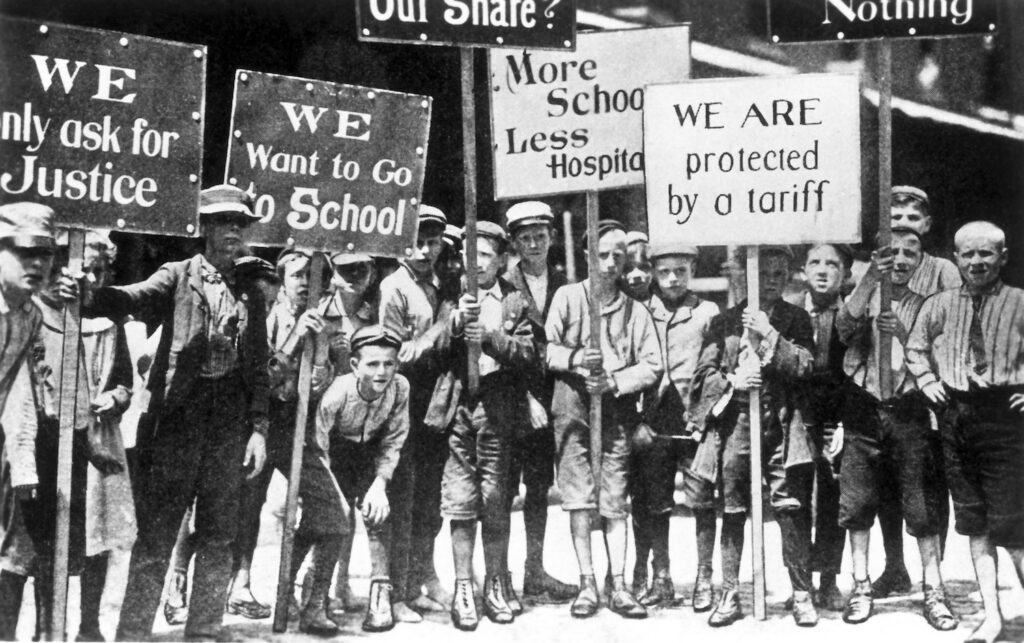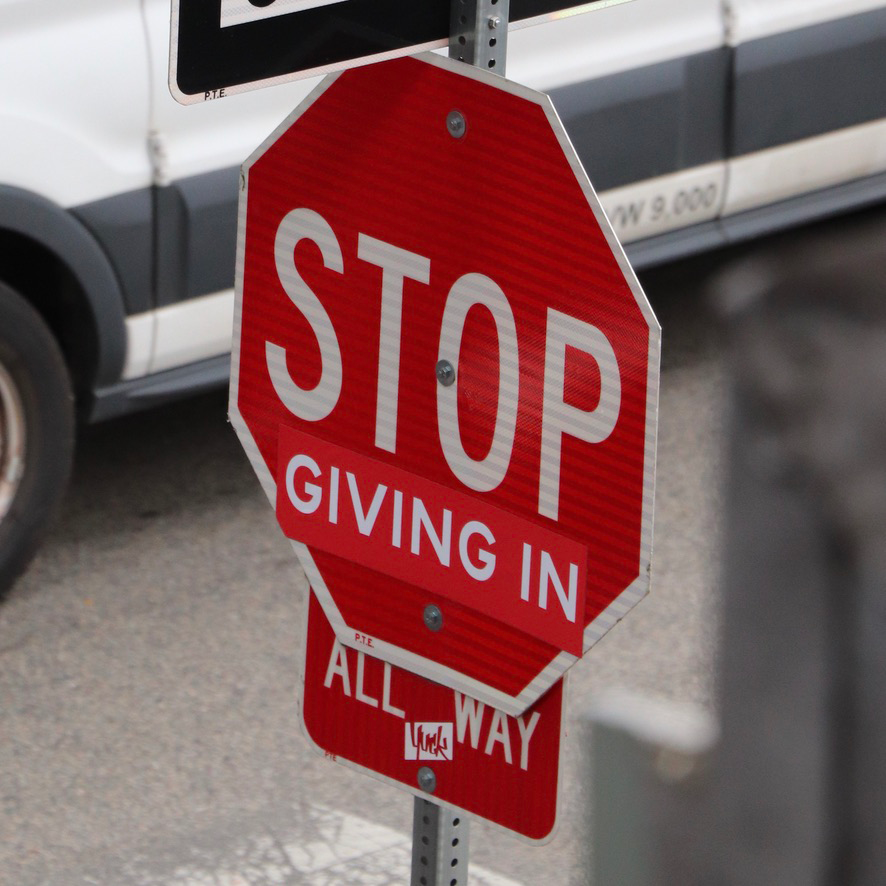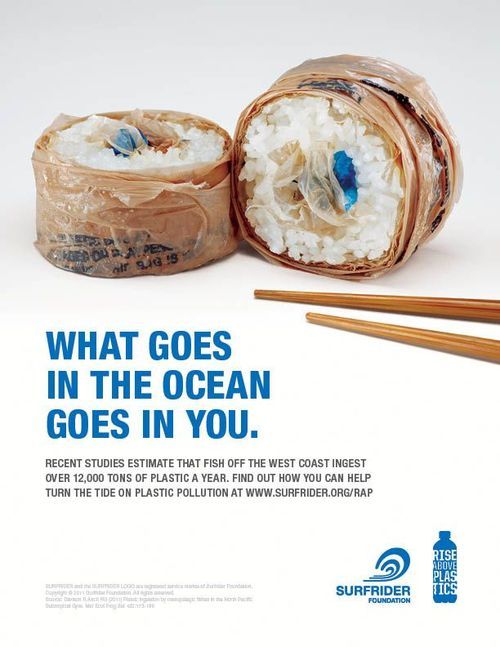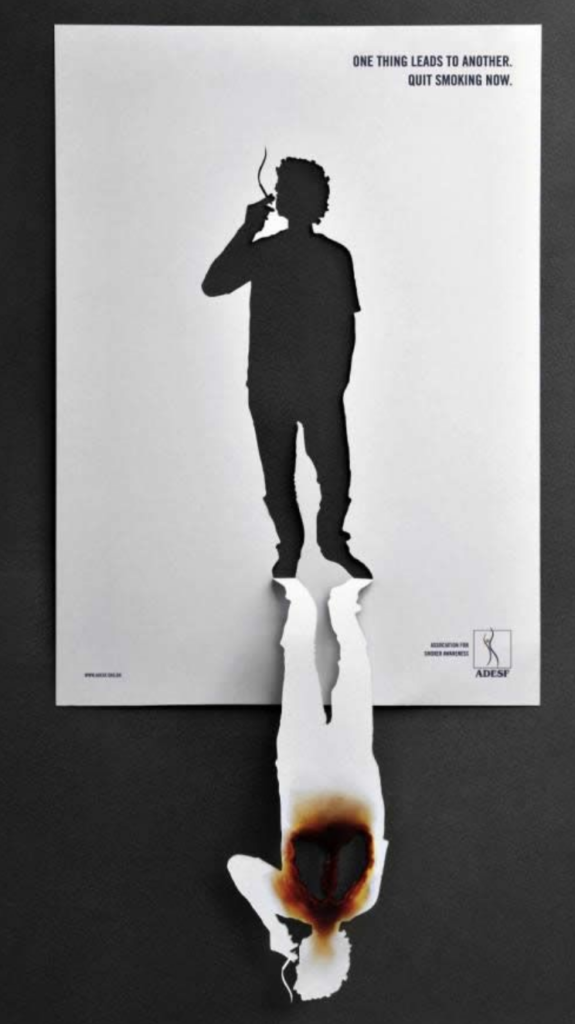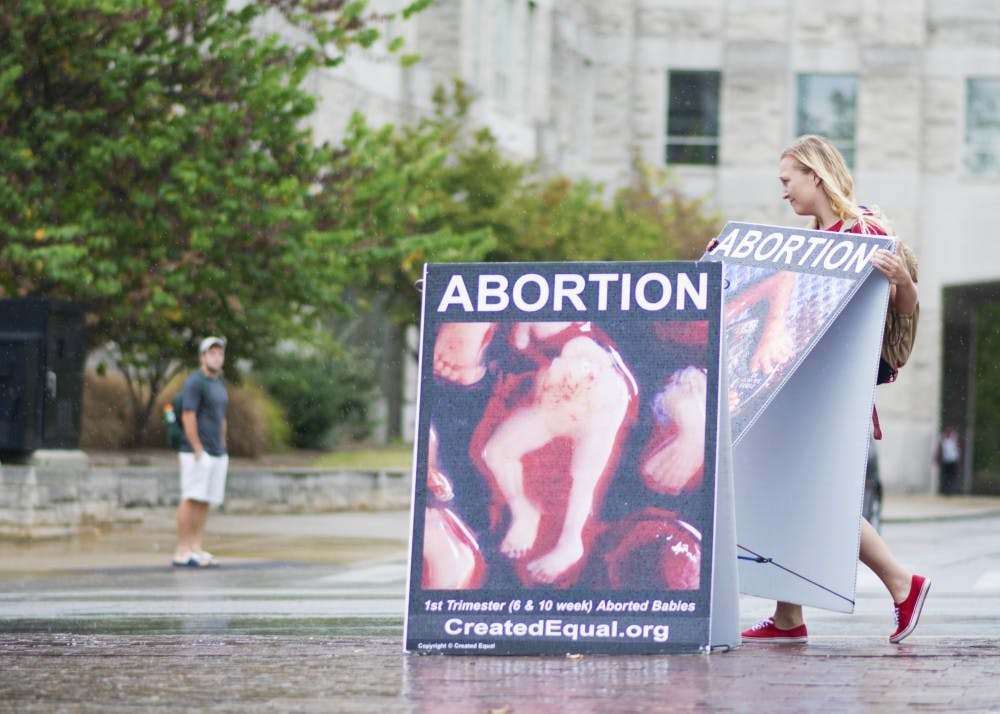Fortnite
The video game Fortnite starts when a group of people drops onto a large island. For the next 20 minutes, they must search buildings for useful weapons and equipment, before fighting to the death. As the game progresses, the playable area shrinks, forcing the competitors closer together and the last person standing wins the Battle Royale. This game incorporates a multiplicity of art and design elements, most notably seen in the scenery, the detail-oriented equipment, and the sound effects. These design elements are a huge part of what locks users into this addicting game, in particular the use of sound. Fortnite utilizes careful sound design by implementing it where other design aspects are simplified. For example, when a player enters a building, the interior structures aren’t too complex in order to amplify the sound of footsteps pattering near the area. Furthermore, Epic Games is constantly updating the game’s mapping design, particularly in its environmental layout and costume design. Players are able to customize their apparel to reflect a personality, but this can only be done by leveling up or unlocking certain features. The more advanced a player is, the more versatility they have in designing their outfits. This serves to keep players continually interested and alerted of new quirks in the game, ensuring that no player gets too comfortable and all players are constantly being challenged. More broadly, this process reflects a common pattern within the medium of design, which the constant need to evolve and innovate in order to keep viewers on their toes.

